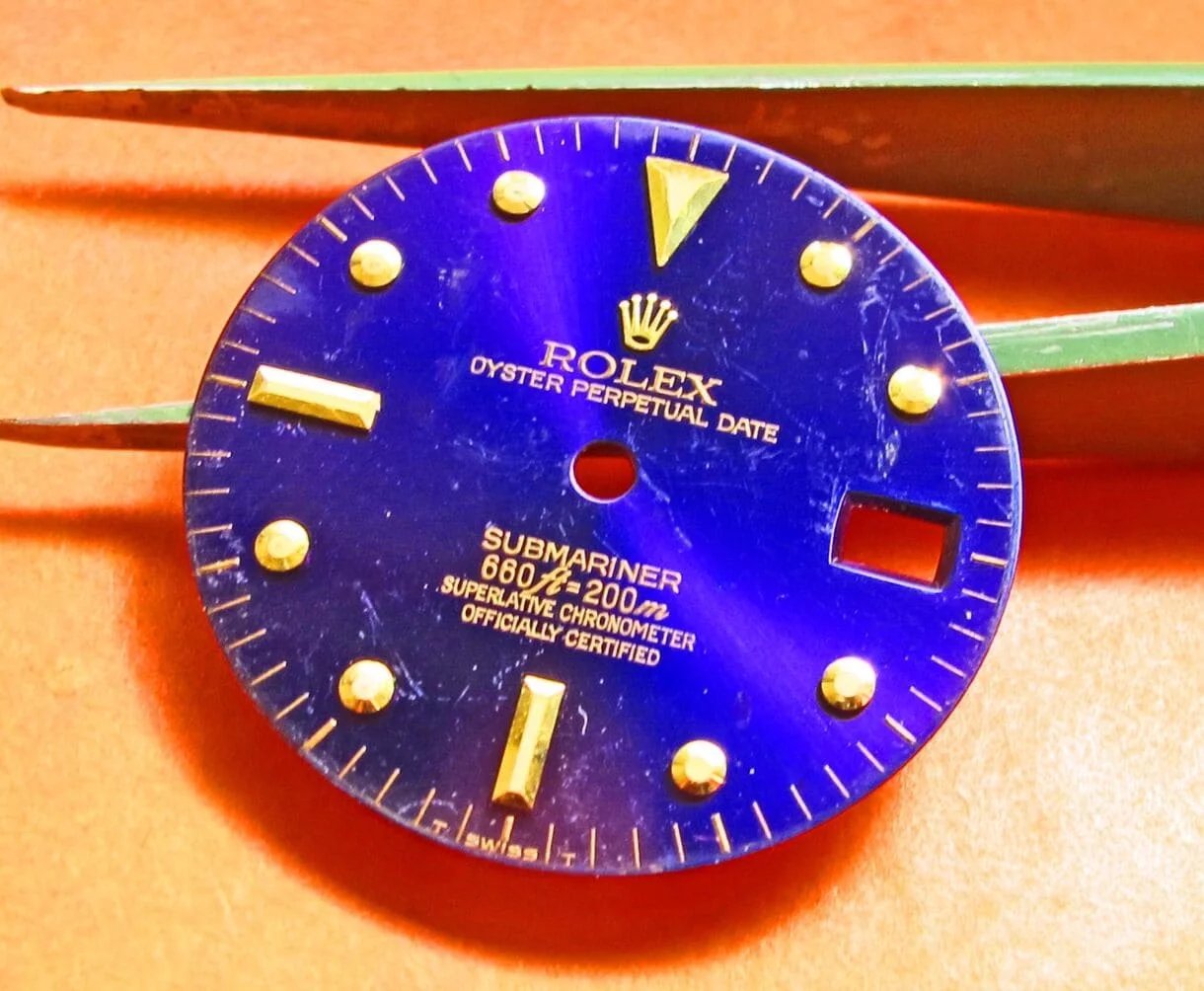Key Takeaways
Modern watches are not only timepieces but also personal health monitors. They are equipped with sensors and algorithms that can measure physical stress by observing heart rate, blood pressure, and other physiological indicators. Watches use this data to calculate stress levels and help users manage their health more effectively. The underlying technology involves biofeedback, heart rate variability (HRV), and other advanced health monitoring techniques.
Understanding Stress Measurement in Watches
When we talk about watches measuring stress, we are referring to smartwatches. These devices are a combination of traditional wristwatches and state-of-the-art technology. They are equipped with sensors that track various physiological parameters to assess your stress levels.
Heart Rate Variability (HRV)
One of the primary metrics used by watches to measure stress is Heart Rate Variability (HRV). HRV is the variation in time between each heartbeat. Contrary to common belief, a healthy heart does not beat like a metronome, with an exact interval between each beat. Instead, there is a slight irregularity, which is normal and healthy. This irregularity is what these watches monitor to assess stress levels.
Biofeedback
Biofeedback is another technique used by watches to measure stress. It involves monitoring physiological functions such as heart rate, blood pressure, and muscle tension. The watch provides real-time feedback about these functions, enabling the user to control and manage their stress levels.
How Watches Calculate Stress Levels
Watches calculate stress levels using complex algorithms that analyze the data gathered from the various sensors. These algorithms take into account factors such as heart rate, HRV, physical activity, sleep patterns, and more. The result is a stress score that gives users an idea of their current stress level.
Stress Score
The stress score is a numerical value that represents your stress level. The higher the score, the higher your stress level. Watches typically provide a stress score range, allowing users to understand whether their stress level is low, moderate, or high.
Managing Stress with Your Watch
Knowing your stress level is just the first step. These smartwatches also offer features to help manage stress. This can include guided breathing exercises, mindfulness sessions, and even suggesting physical activities to reduce stress.
Conclusion
Smartwatches have evolved into personal health monitors, capable of measuring stress levels using advanced technology. They track physiological parameters, analyze data, provide a stress score, and offer tools to manage stress. While not a substitute for professional medical advice, they can provide valuable insights into your overall health and wellbeing.
FAQs
How do watches measure stress?
Watches measure stress by monitoring physiological parameters like heart rate and heart rate variability. They use sensors to gather this data and then analyze it with complex algorithms to calculate a stress score.
What is a stress score?
A stress score is a numerical value provided by smartwatches that represents your current stress level. The higher the score, the higher your stress level.
Can a watch help manage stress?
Yes, watches can help manage stress. Besides providing a stress score, they offer features like guided breathing exercises and physical activity suggestions to help reduce stress.






